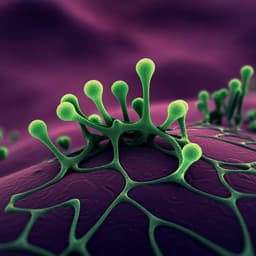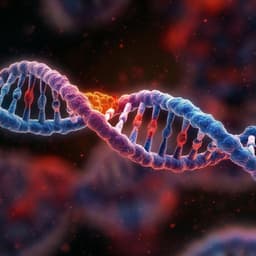
Agriculture
Portable Raman leaf-clip sensor for rapid detection of plant stress
S. Gupta, C. H. Huang, et al.
This research introduces a groundbreaking portable Raman leaf-clip sensor that enables rapid, in vivo spectral analysis of plant metabolites, allowing for the early diagnosis of plant stresses like nutrient deficiency and drought. The study demonstrates its effectiveness on Arabidopsis thaliana and vegetable crops, providing a novel tool for precision agriculture. Conducted by Shilpi Gupta, Chung Hao Huang, Gajendra Pratap Singh, Bong Soo Park, Nam-Hai Chua, and Rajeev J. Ram.
Playback language: English
Related Publications
Explore these studies to deepen your understanding of the subject.







